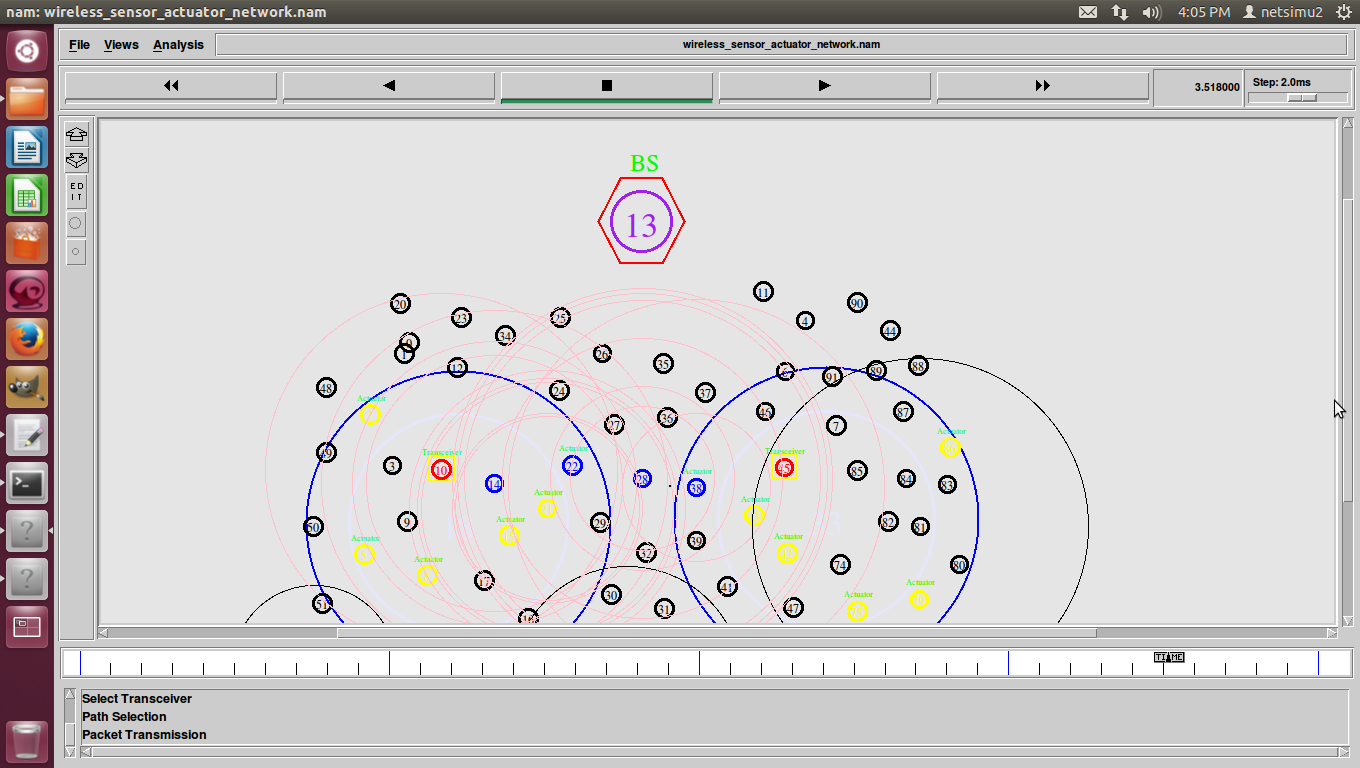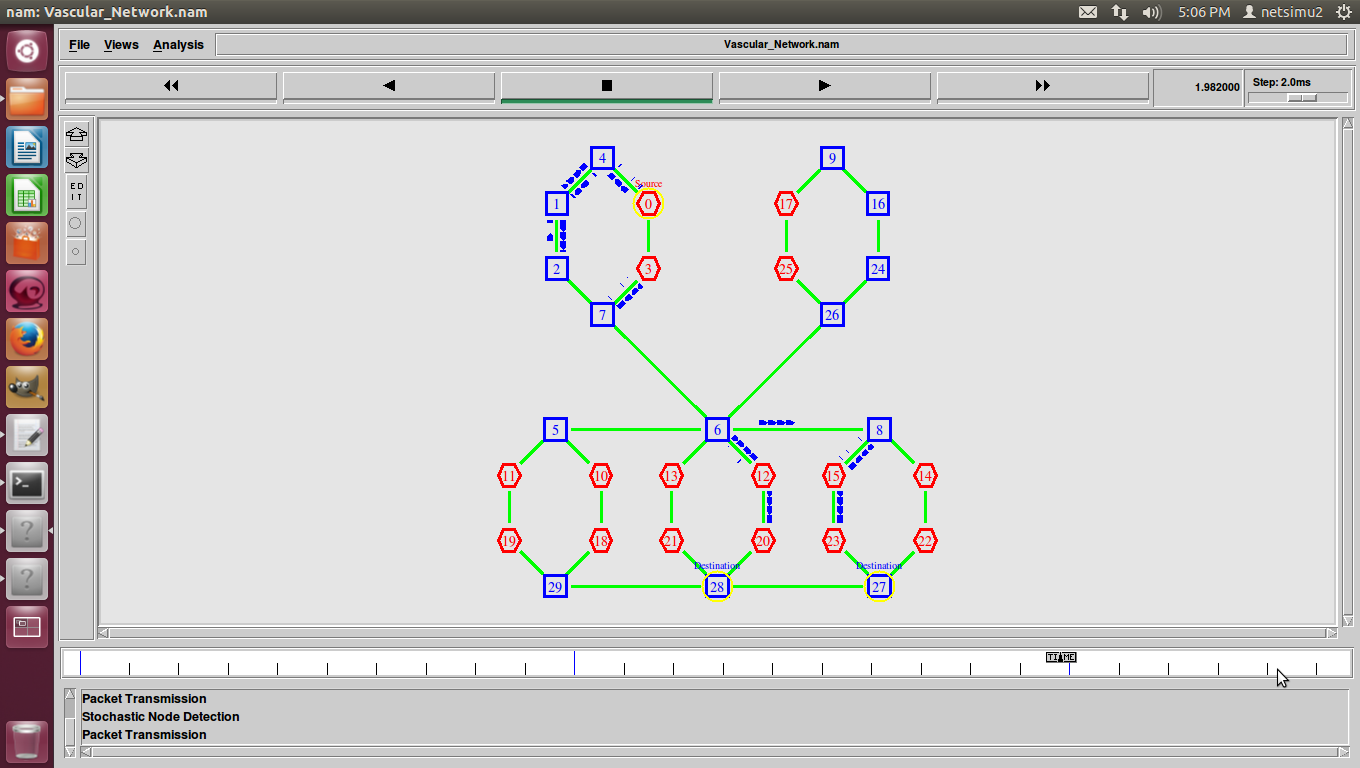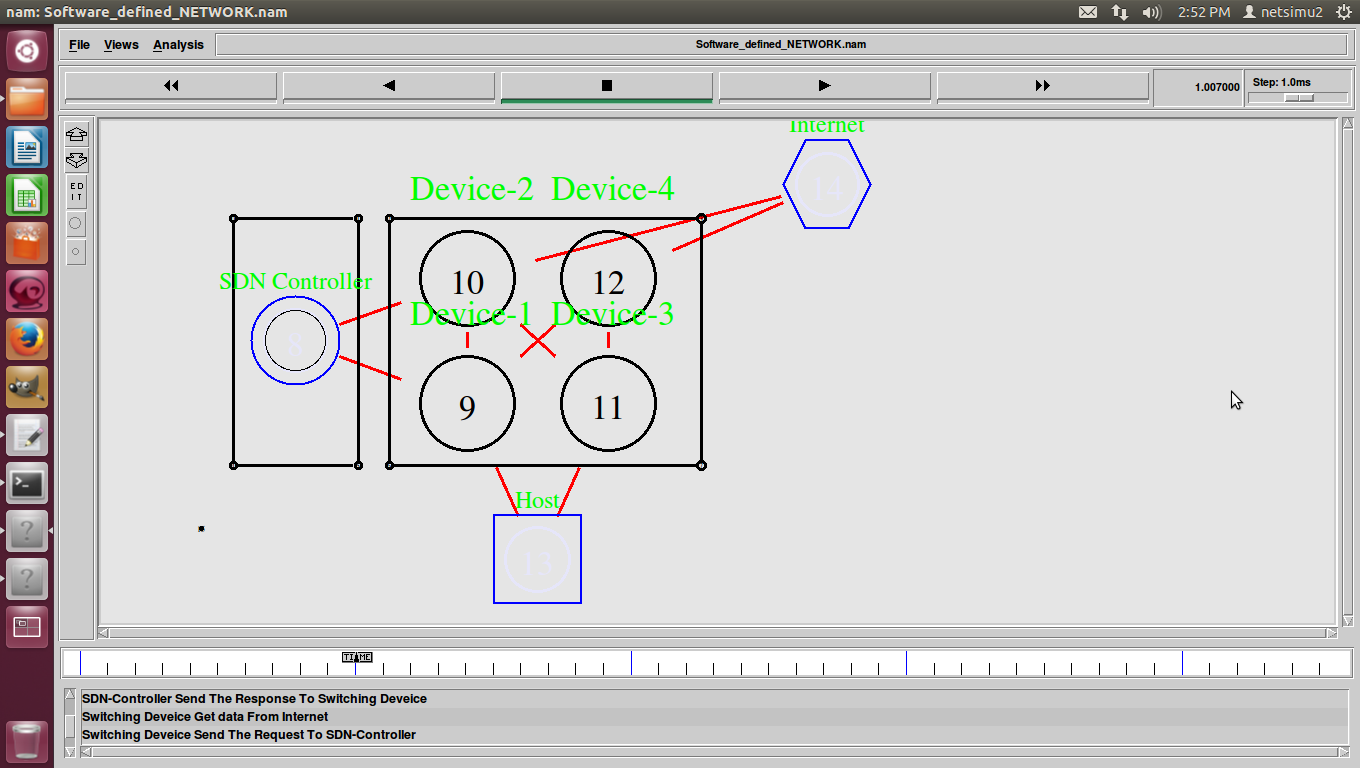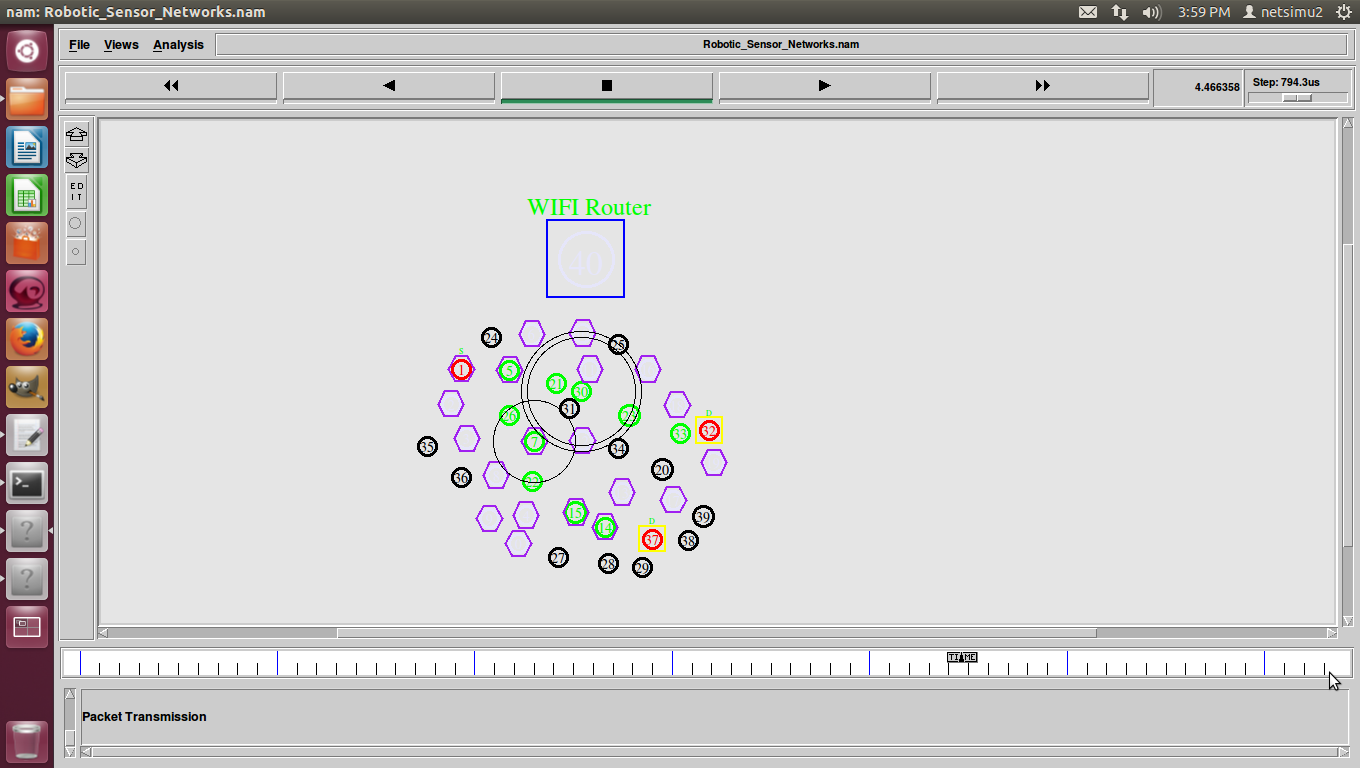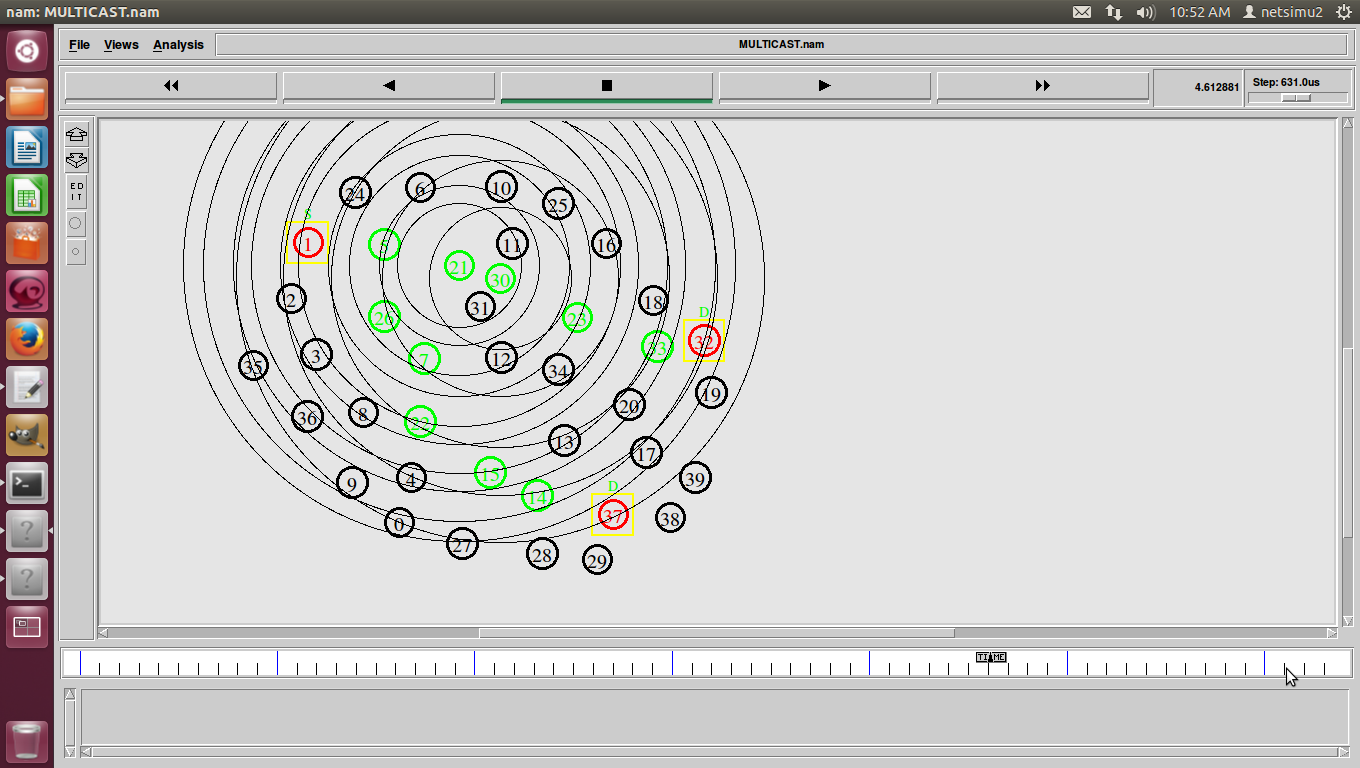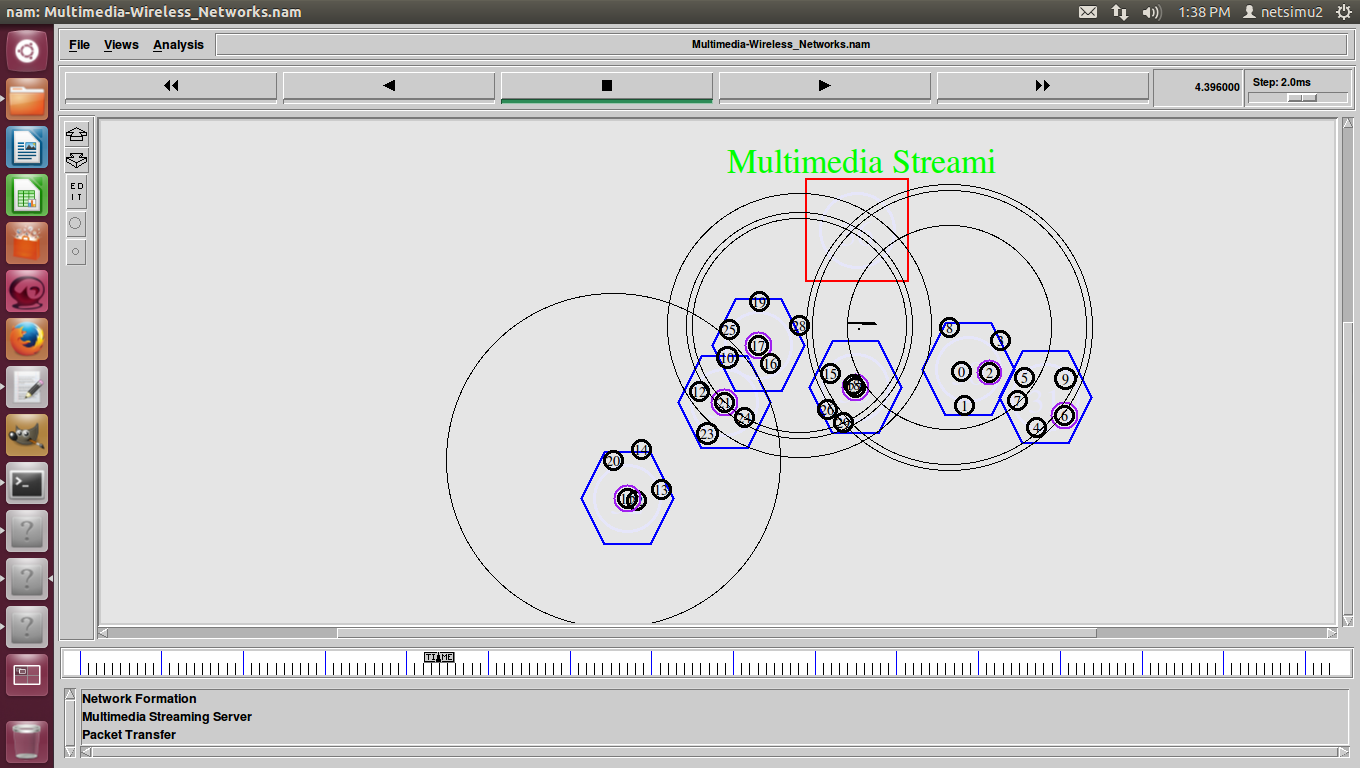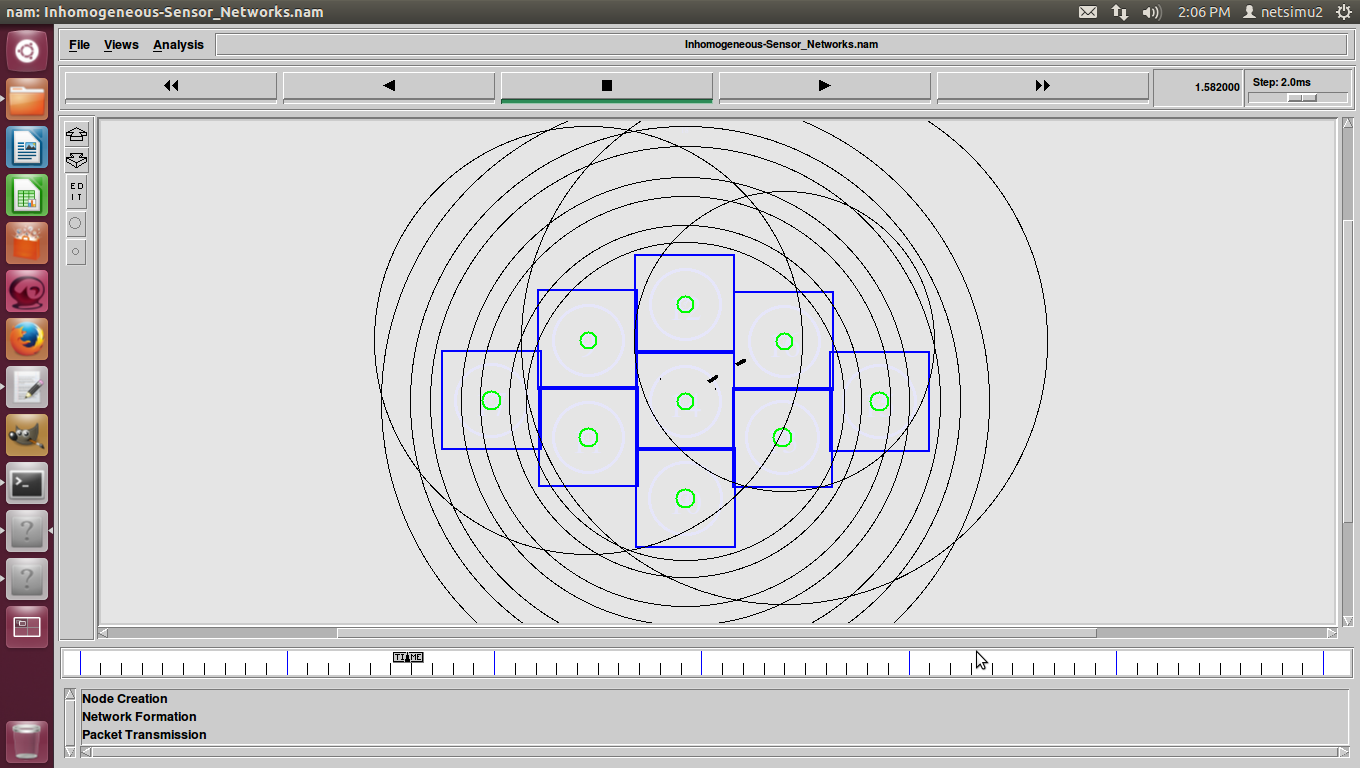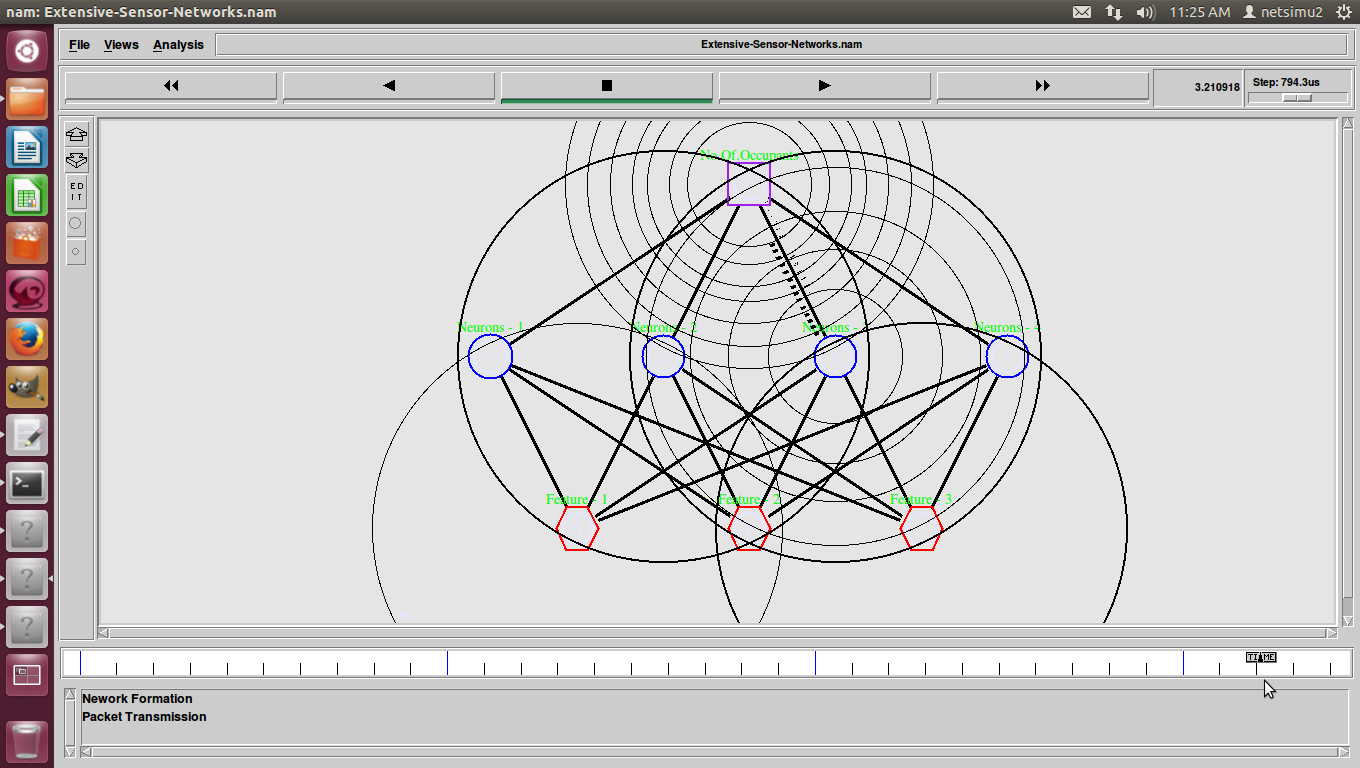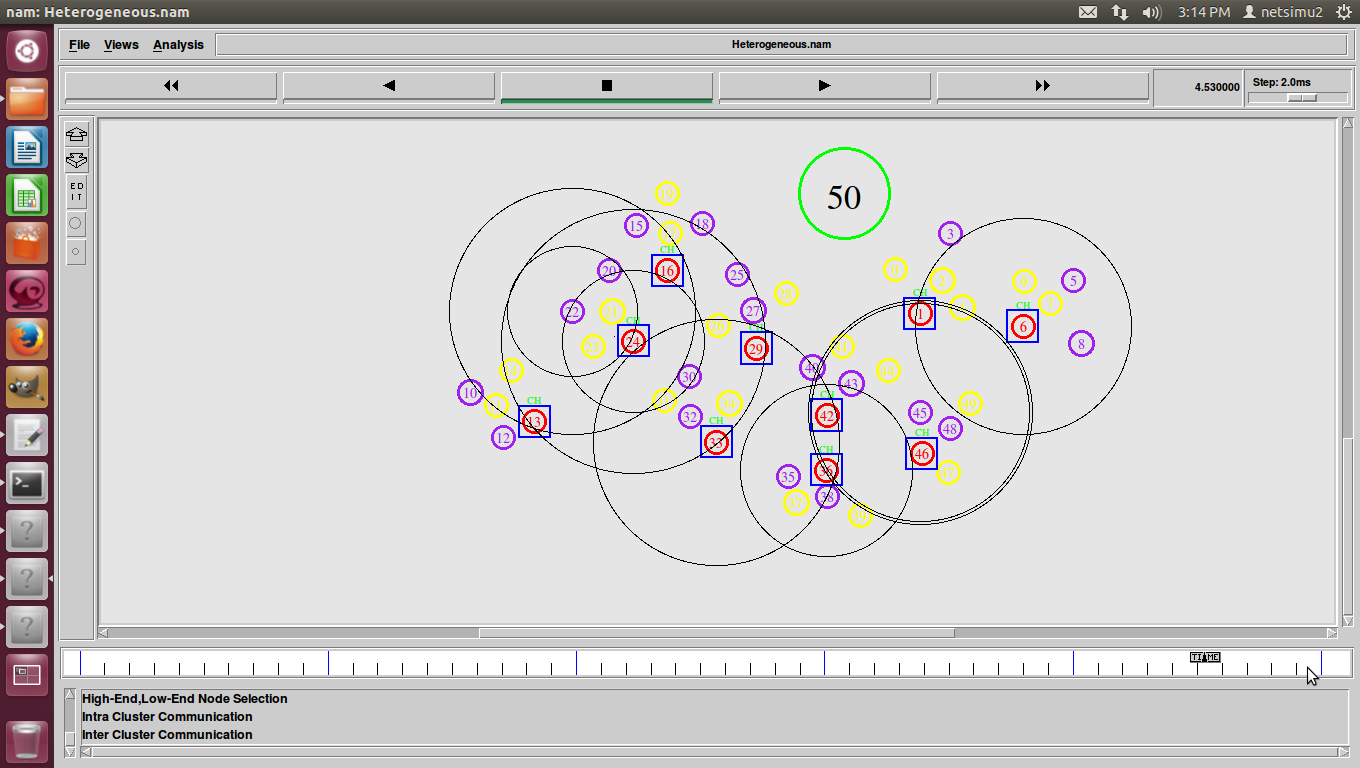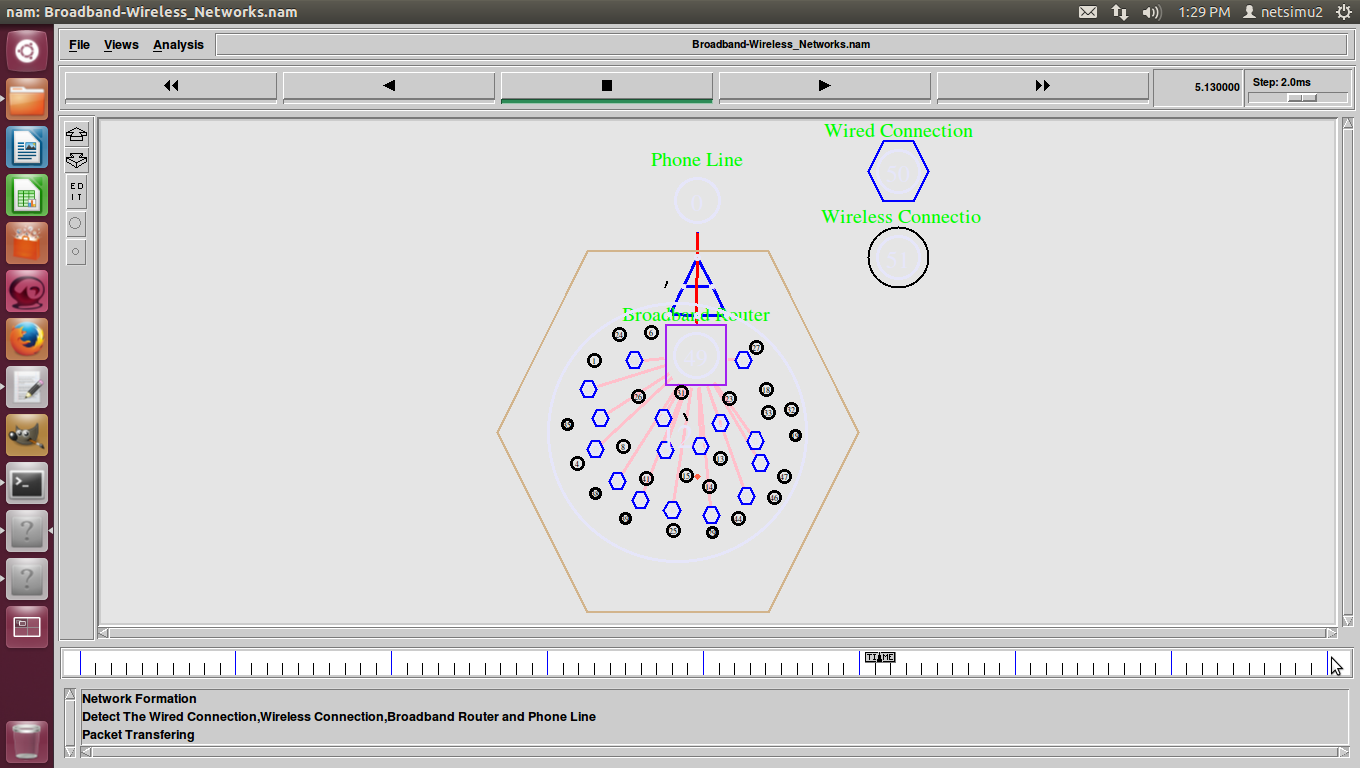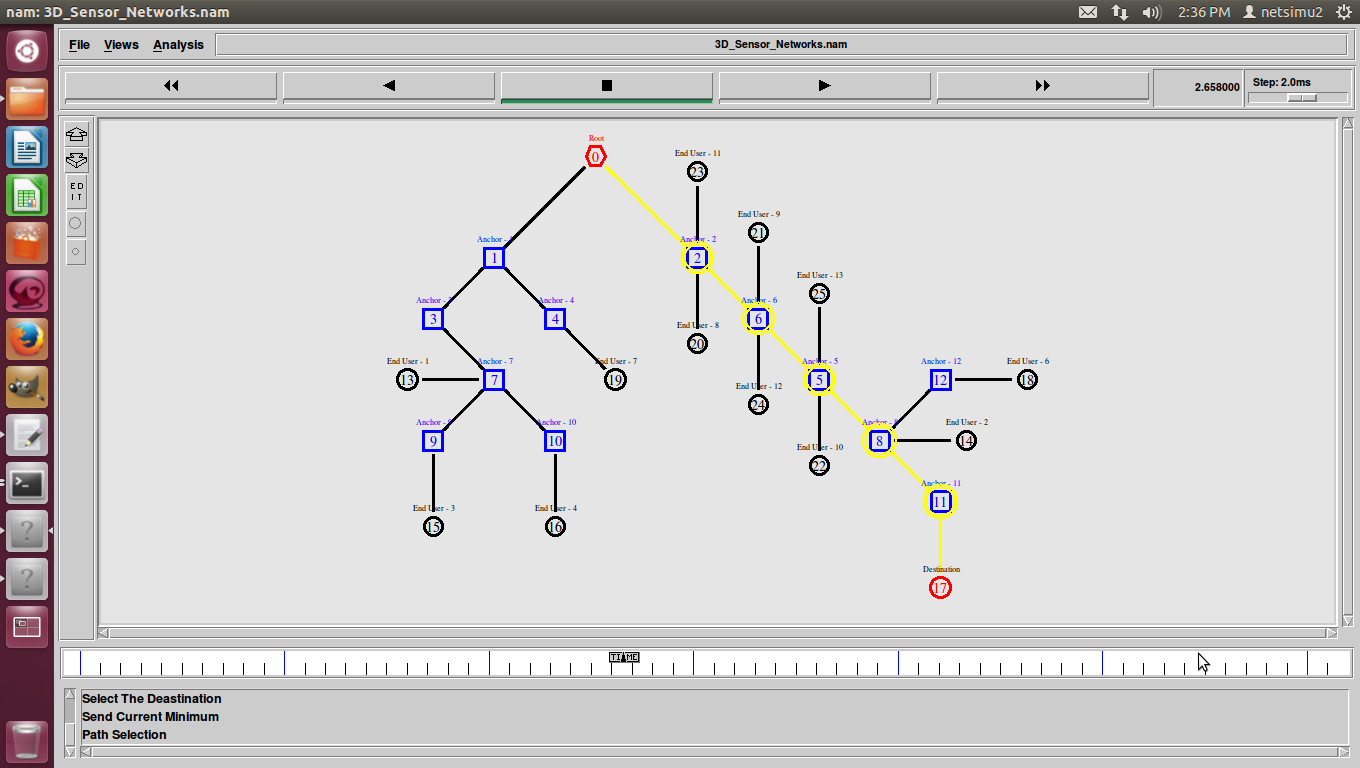Dielectric resonator nanoantenna at optical frequencies
To fulfill the growing demands of high data rate communication, researchers are now focusing their concentration on the higher frequency bands lying in the THz region of the electromagnetic spectrum. With the advent of nano-components fabrication technology, researchers and scientists are now able to fabricate optical antennas at a nano-scale, in order to establishing a wireless commination link at THz frequencies, and find solutions to the general design problems associated with higher frequency antennas. Drawing inspiration from antennas at microwaves and radio-frequency technologies, optical antennas capture and couple free available electromagnetic radiation in the visible and infrared wavelengths in the same way as radio electric antennas do at the corresponding wavelengths.
In this paper, authors review some of the state of the art optical antennas, their fabrication techniques and propose a novel dielectric nano antenna design. Comparing to the traditional radio-frequency antennas, an equilateral triangular dielectric resonator nano-antenna (ETDRNA) has been designed and simulated at 193.5 THz standard optical frequency. The proposed antenna is a planar structure having a multilayer geometry consisting of `Ag’ partial ground plane, a top and bottom `SiO2‘ substrate and a `Si’ equilateral triangular as a dielectric fed by a `Ag’ nanostrip transmission line. The simulated antenna achieves an impedance bandwidth of 2.58% (192.5-197.3 THz) and an end-fire directivity of 8.6 dBi, covering all of the standard optical transmission window at C-band. Numerical demonstrations prove the efficiency of the nano-antenna at the frequencies of interest, making it a viable candidate for electromagnetic communication in optical applications and nanonetworks.






